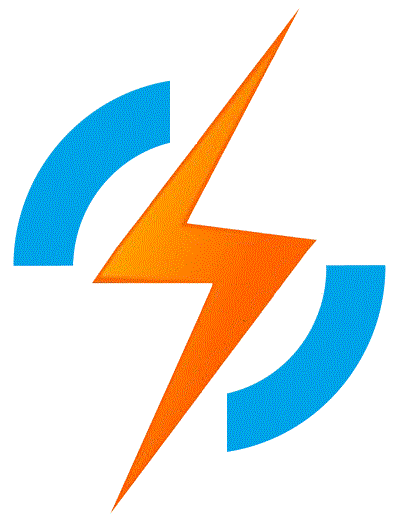Skip to content
Illumination
Source of Light
Halogen Lamp
Discharge Lamp like mercury vapor
Sodium vapor lamp
Neon lamp
LED
Xenon lamps
Flood lighting
Industrial Lighting
Automobile Electrical Systems
Electrical components used for 2 wheeler and 4 wheeler
- Batteries
- Magnetos
- Contact Breaker
- Ignition coils
- Cut Outs
- Voltage and Current regulators spark plug
- Various types of lamps
- Alternator and Dynamo
Connection Diagrams of Above Components
Electrical Drives
Introduction of Electrical Drives
Types of Drives
Types of Loads
Advantages and Disadvantages of Electrical Drives
Application & Characteristics of Group, Individual & Multipurpose Electrical Drives
Selection of electric drive
Factors governing selection of electrical motor
Types of enclosures
Heating & Cooling curves of Electrical drives
Rating of Machines
Method for calculations of kW of motor for gives load cycle (numerical)
Load equalization
Motor for particular services
Applications of electric drives
Electrical Heating & Melting
Introduction of Electrical Heating & Melting
Advantages, Disadvantages and Application of Electrical Heating and melting
Modes of transfer of heat
Heating element materials and design
Losses and Efficiency of electrical heating and melting
Induction Heating
Direct core induction furnace
Indirect core induction furnace
Vertical core induction furnace
Core less induction furnace
High frequency power supply sources
High frequency eddy current heating
Dielectric heating
Electrical Welding
Introduction of Electrical Welding
Requirement of good weld
Advantages, Disadvantages and Application of electrical welding
Types of electrical welding processes and equipments
(types, equipment, operation, characteristics, adv., disadv. and appl) of
- Electric Resistance
- Electric Arc
- Ultrasonic Electron Beam
- Laser Beam Welding
Power supply for resistance and arc welding
Electric Traction
Introduction of Electric traction
Different systems of traction
System of electric traction
Power Supply for Electric Traction
Introduction of power supply for electric traction
System of track electrification
Current collecting system (conductor rail system and over head system)
Current collectors for Over head system
Over head construction for
- Tramways
- Trolleybuses
- Railways
Electric Traction : Train Movement & Energy Consumption
Introduction of Electric traction
Speed time curves (numerical)
Mechanics of train movement (numerical)
Specific energy output & specific energy consumption (numerical)
Electric Traction Motors
Desirable characteristics of electric traction motors
Traction Motors
- DC series motor
- 1 phase series motor
- 3 phase induction motor
- linear induction motor
Features and Operating Characteristics of Traction motors
Control of Traction Motors
Starting & Speed control of DC series motor (traction)
Rheostatic control of traction motor
Series parallel field control of traction motor
M-G locomotive control
Dielectric locomotive control
Transition methods of traction motor
Drum controller of traction motor
Contactor type controller for traction motor
buck-boost method for control of traction motor
thyrister control method for control of traction motor
Starting & speed control of 1 phase AC series motor
Electric Traction
Requirements of Electric Traction
Mechanical regenerative braking
Magnetic track
Brakes (electric traction)
Electromechanical drum brakes of electric traction
Eddy current brakes for electric traction
Multiple Unit Control of electric traction
Traction Substations
Transmission systems of Electric Traction
Substation for 1 phase AC railways
Location of substations for electric traction
Feeding & Distributing systems of electric traction
Block diagram of an AC locomotive
Train Lighting
Requirement of Train lighting
Equipments used for train lighting
Scroll back to top
